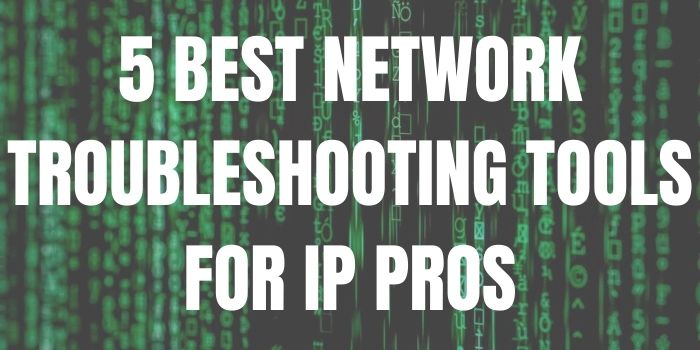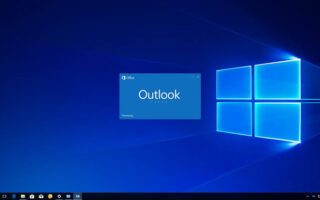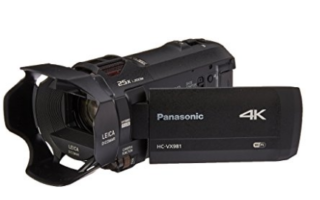Network troubleshooting tools in it define what they are meant for? For uninterrupted running in a system, IP pro requires running software or tools that lead to a smooth-running system and make it more functioning.
In today’s scenario, many firms and business industries are working for their enlargement, which does require advanced networking and technology, which can cause network issues, which can be small like damaged cable or bulky like a misconfiguration of IP addresses.
For the IT sector, troubleshooting network issues are always their priority; like the DNS error to find a solution of which, you can go here. They require worldwide network troubleshooting software.
Some of them are:
1. Browse
It allows you to connect the device setting or configuration to analyze and solve network issues with ease. Browse allows you to connect to the built-in- GUI of most network devices using an HTTP/HTTP request”.
2. Terminal
The terminal allows you to establish a secure and encrypted connection with the remote devices”. In this, admins can manually execute all supported commands, widely interpreted as basic network troubleshooting tools, such as ping, netstat, Nslook up, MTR, etc. To analyze and troubleshoot network issues.
3. Trace Route
It detects the number of hops between the source and target”. Trace Route can be used when the problem extends beyond the local network or for those who want to find information about the path. It may include all the devices that forward your packets to the terminus. Trace Route will give out IPs, hostname, and response time of each hop. It works similar to a ping tool, but the difference is in how it performs, I.e., using a concept known as hop limit. To find information about traceroute than simply type travertine helps in Windows or traceroute in Mac or Linux. Also, you can ride through our blog on the 5 most common Windows errors and how you can fix them with some easy steps.
Traceroute is a valuable tool for determining the response lags and routing loops existing in a network pathway across packet-switched nodes. It also serves to locate any points of failure found while en route to a particular destination.
However, on the Internet, Traceroute messages are often blocked by routers in various Autonomous Systems (AS), making Traceroute highly inaccurate in many cases.
Packet Capture is a networking term for preventing a data packet from crossing a specific point in a data network. Once a packet is captured in real-time, it is collected to be analyzed and then either be downloaded, archived, or rejected. Packets are captured and analyzed to help diagnose and solve network problems such as:
- Identifying protection threats
- Troubleshooting unwanted network behaviors
- Identifying network clogging
- Classifying data/packet loss
- Forensic network analysis
Packet capture can be displayed in-line or using a copy of the traffic sent by network switching devices to a packet capture method.
4. Protocol Analyzer
It is software which keeps a record of data packet flow between the source and the terminus”. A protocol analyzer is the cornerstone test dictionary for computers and network communication.
Troubleshoot network issues with a protocol analyzer-
This network protocol analyzer provides you the tools you require to perform network protocol reports and discover the root causes of any problems. The NetFlow Collector Services resource supplies detailed status information about servers by managing the flow and CBQoS information. Other resources store timestamps for device routing data flows over NetFlow Traffic Analyzers, allowing you to drill down on individual interfaces efficiently.
Examine a range of metrics by a network protocol analyzer
Discover the cause of high bandwidth utilization with NetFlow Traffic Analyzer’s detailed protocol monitoring abilities. Track data flow statistics to determine the appropriate CBQoS class and methods you need to build and apply to your systems—and ensure your implementation is properly tuned. In addition, configurable alerts keep you up to date on the effects of policy maps applied to your Cisco devices, while cross-stack network data correlation gives you visual representations of data and corresponding analytics.
5. Ping
It lets you assess if a device is reachable on the network. Ping can be of two types, I.e. a good ping(represents a healthy network connection). A bad ping( means delay or packet loss or round-trip time, etc.). It is a method that sends an internet control message protocol-ICMP request to a terminal and waits for a reply. A delay timer is counting the time that it goes and comes back. If the response doesn’t respond due to lack of connection, then there are statistics which let you know about the problem such as RTT and percentage of packet loss”.
All these tools detect the problems- minimize them and solve them. These tools have been used for many years. The interface may have changed on some tools, but others are the same. Understanding these tools’ uses and values will help us become faster and most valued troubleshooters. It can reduce troubleshooting time exponentially, which means less wasted money and higher employee productivity.




